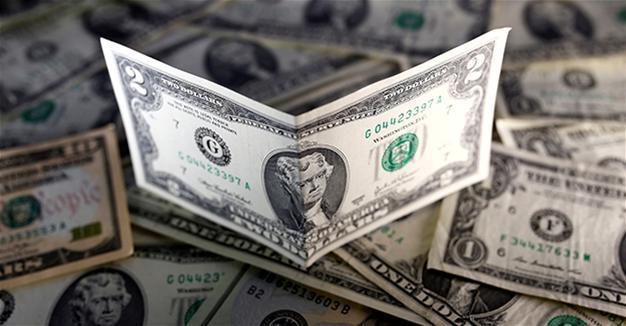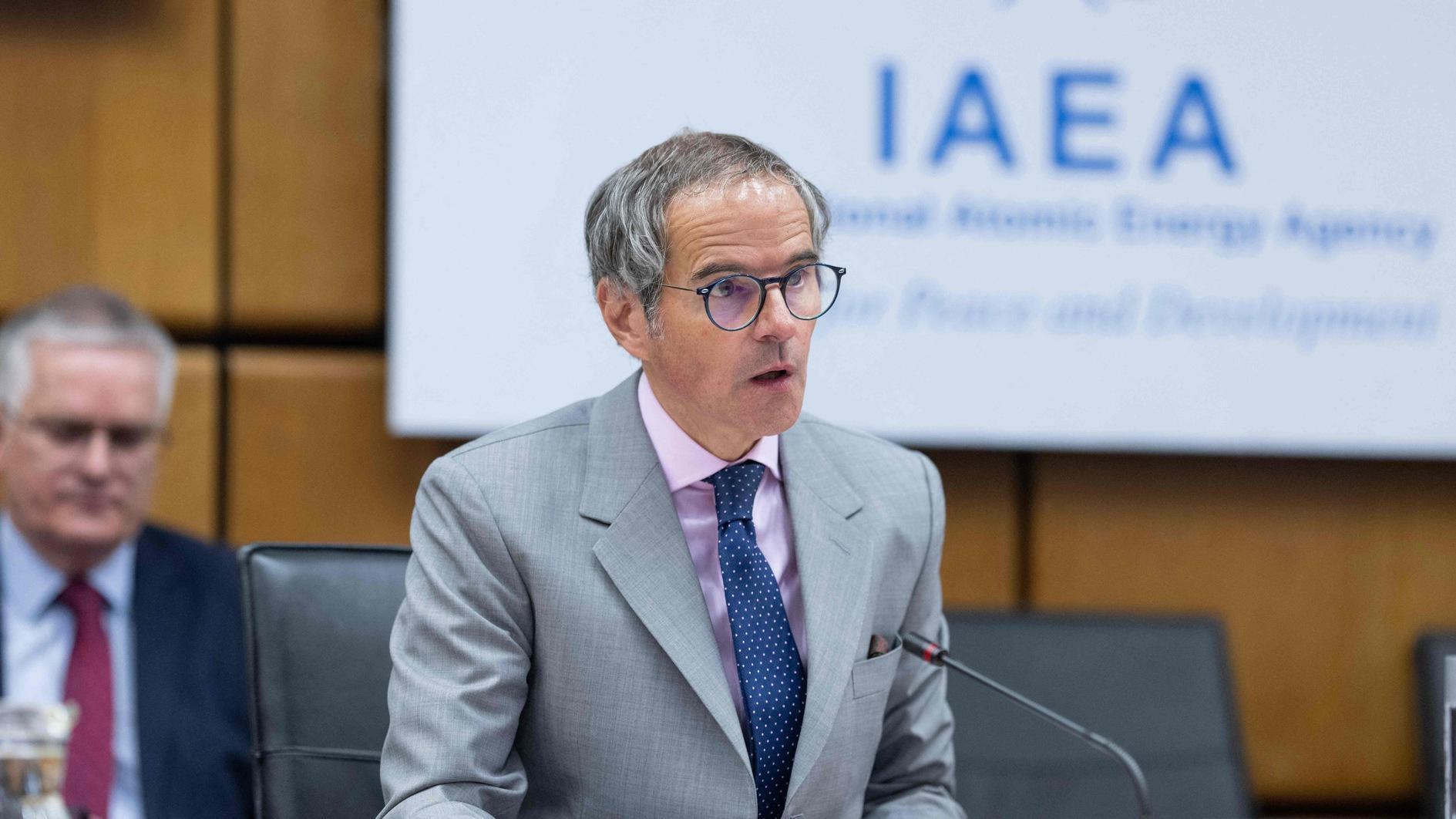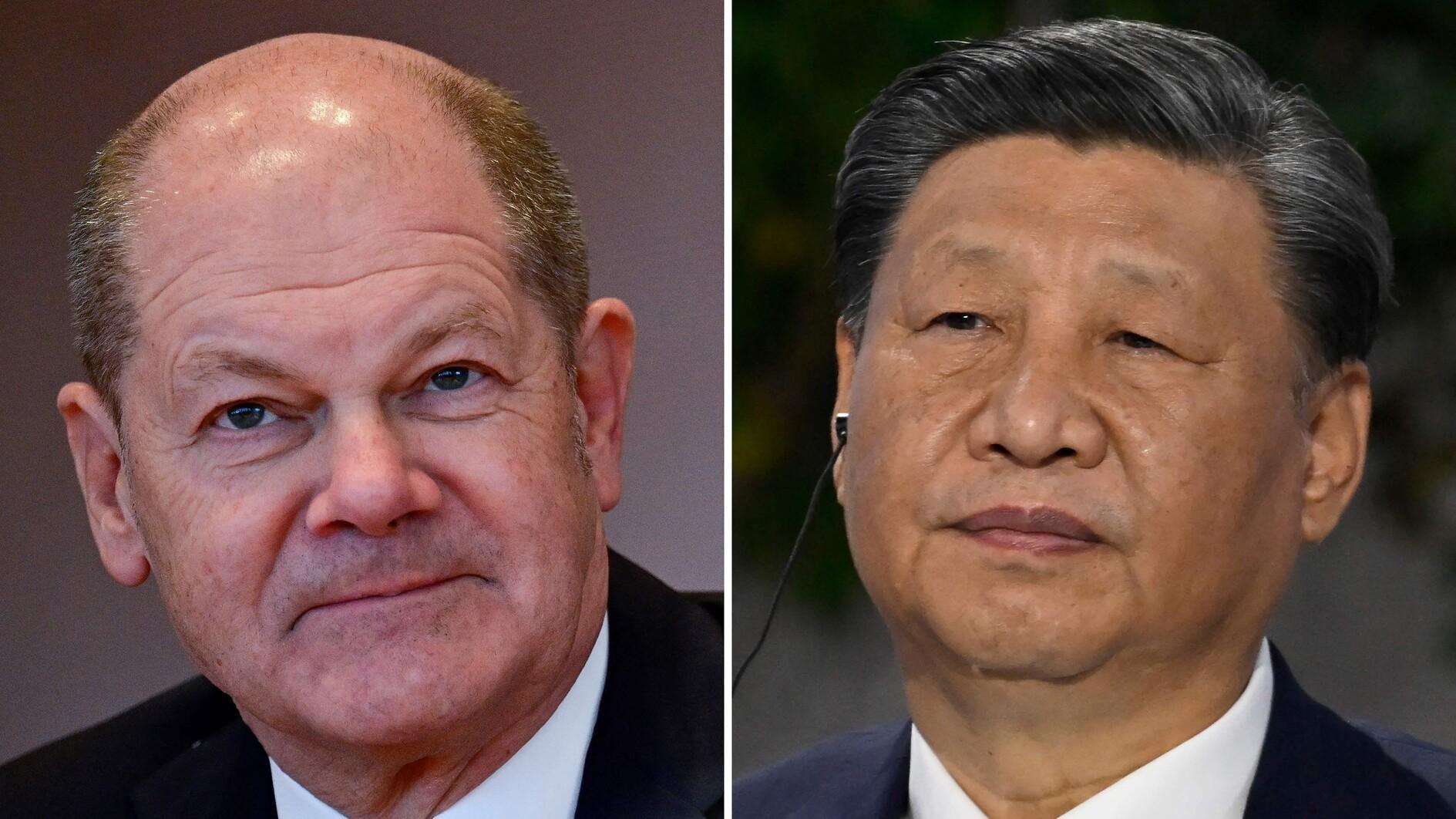Dollar surges to 14-year high after Fed flags more rate hikes
LONDON - Reuters

REUTERS photo
The dollar charged to a 14-year high and government bond yields rose sharply on Dec. 15 after the Federal Reserve hiked U.S. interest rates and signaled more would follow at a faster pace next year.European shares made solid progress as bank stocks jumped over 2.5 percent on the prospect of a boost to their lending profits, but the main action was elsewhere.
Bond markets saw yields on short-term U.S. debt surge to the highest since 2009, sending the dollar to peaks last seen in early 2003, which in turn prompted China’s central bank to set the yuan at its weakest against the greenback in eight years.
The Fed’s anticipated policy path, and expectations that Donald Trump as U.S. president will get growth motoring, are keeping emerging markets on edge as capital gets sucked from more fragile, export-dependent economies toward dollar-based assets.
The Fed’s rate rise of 25 basis points to 0.5-0.75 percent was well flagged but investors were spooked when the “dot plots” of members’ projections showed a median of three hikes next year, up from two previously.
The Fed’s economic projections have hardly been upgraded, suggesting it could accelerate the monetary tightening even further if policymakers see firmer evidence of higher growth or inflation.
The dollar continued to rise in European trading. It hit a 10-month high of 117.87 and then jumped through $1.0450 per euro, while the difference in yields on benchmark 10-year U.S. and German government bonds ballooned to the widest since at least 1990.
Those U.S. yields rose as far as 2.63 percent, having already risen more than 0.8 of a percentage point since Trump was elected last month. The jump in 2-year Treasury paper was the biggest daily rise since early 2015 as it topped 1.29 percent.
“One of the reasons why a bond market sell-off this time around looks more sustainable is because it can be accompanied by higher equity markets,” Peter Schaffrik, chief European macro strategist at RBC Capital Markets said.
Emerging pressure
The allure of higher U.S. yields raises risks for emerging markets, as funds look to take advantage of rising U.S. rates rather than put their money in traditionally riskier economies.
China’s central bank reacted to the Fed’s move by setting the yuan mid-point at 6.9289 to the dollar, its weakest since June 2008, though market players noted that the yuan has been firmer against many other currencies and rose on trade-weighted basis.
Currencies such as the Singapore dollar and Korean won came under pressure, and analysts anticipate the low-yielders will be on the back foot in an environment of a rising dollar, higher yields and weaker yuan.
Mexico, whose markets and currency have been battered hardest by Trump’s threats to tear up trade deals, holds a central bank meeting later where it is expected to hike its own interest rates in response to the Fed.
The Bank of Korea gave a taste of the challenges many EM economies face. It held its key rate at a record low of 1.25 percent despite flagging the growing risks on its export-reliant economy.
However, Russia’s ruble strengthened nearly 1 percent, lifted by a rise in oil prices. Investors also like the ruble because it is backed by one of the highest real interest rates in emerging markets.
Turkey’s lira gained 0.6 percent as an official said rumored capital controls were “out of question” and latest data showed the country recorded a surplus of 10 billion lira ($2.85 billion) in November thanks to a tax amnesty.
















